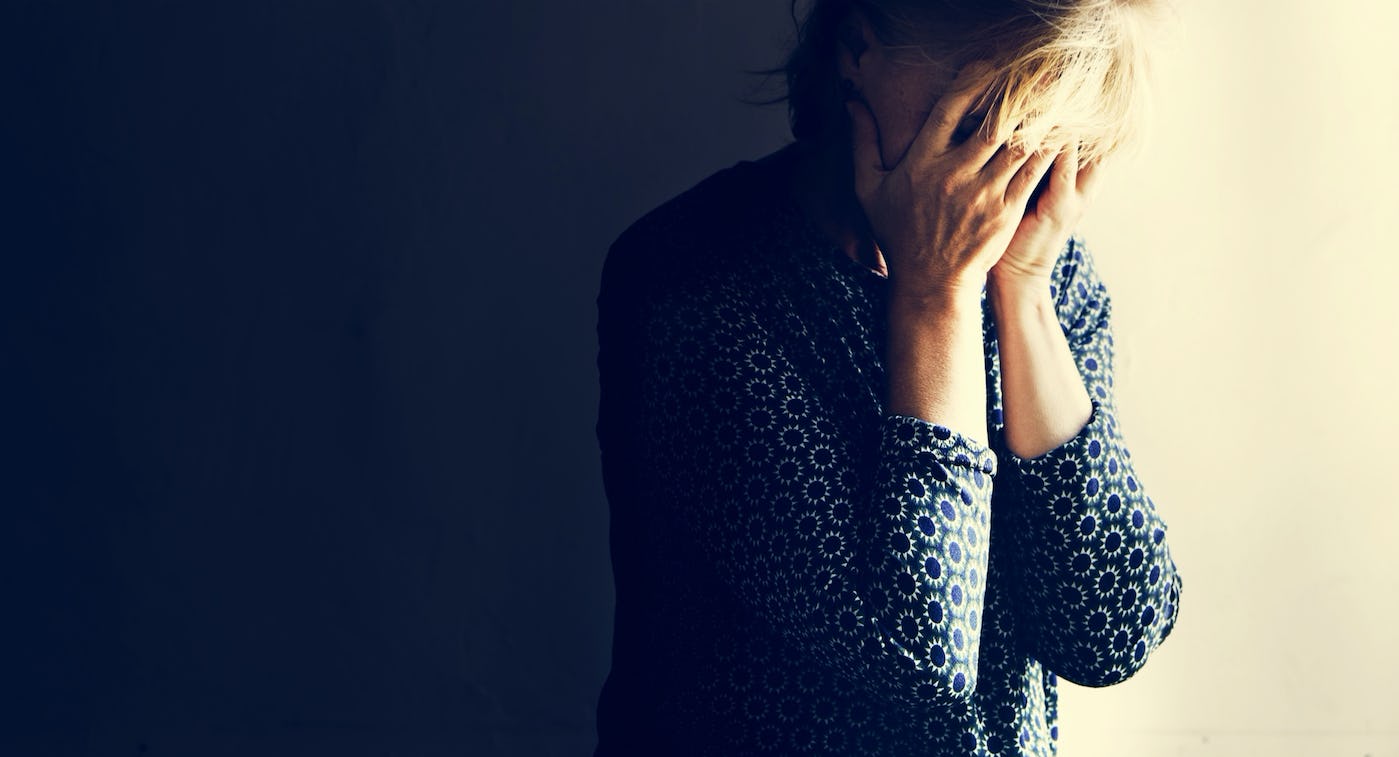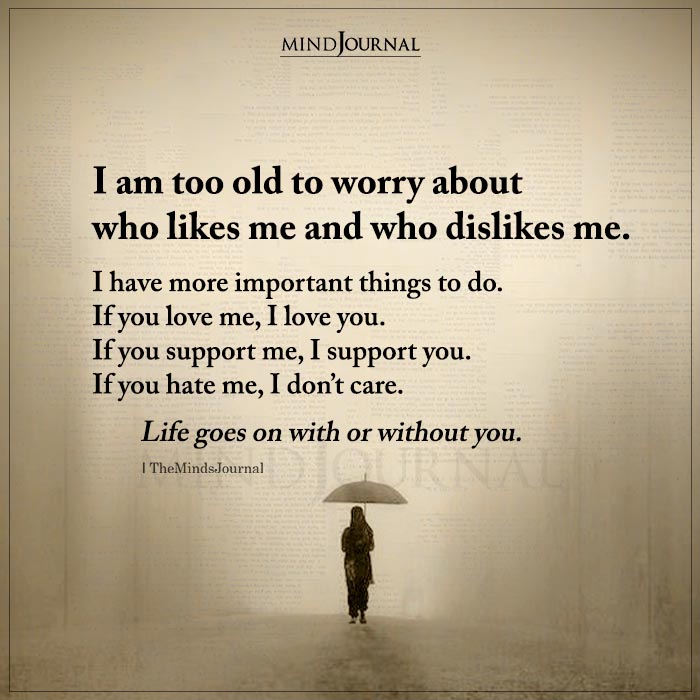

When phobias are linked to trauma, sufferers will avoid certain people, things, or circumstances if they equate it to something traumatic that happened in their lives, explains Thea Gallagher, a clinical psychologist and assistant professor at NYU Langone Health with 17 years of experience treating phobias. Vomiting wasn’t just asking for punishment-it was a punishment within me I could not stop. Dad’s spankings and diminishing comments led me to associate my vomiting fear to the corporal punishments I experienced.

My fear of being ill commingled with my late father’s tendency to be emotionally distant and sometimes physically abusive in the name of “discipline.” I realized that being sick or otherwise standing out could make me a target for my dad’s anger and disappointment. During this past year with my new therapist, Sara, I’ve realized that trauma is part of my phobia. Instead, I’m learning that controlling the actual phobia instead is where the power lies, and where the fear can ultimately lose its grip on us.įor some, a phobia is rooted in a traumatic event. Those of us with persistent, debilitating phobias are moved to control the trigger (eating certain foods, eating out), but in doing so, we stay stuck in the fear. For example, in my case, if my brain sees vomiting as hazardous, then food also becomes dangerous since it can lead to throwing up. In doing so, it registers phobias as something dangerous. When a person has a phobia, what is happening on a neurological level is that the amygdala-the part of the brain responsible for processing emotions and memories associated with fear-is trying to keep us safe. If they’re not willing to take the next step, it takes some of the pressure off me to worry about morning sickness. Even though I yearn to get married and have children, I’ve, perhaps subconsciously, chosen romantic partners who’ve been ambivalent about that kind of long-term commitment. But the journey my phobia has most limited is the one toward my future. Trying to dodge turbulence that might make me queasy, it took me years to fly at all and then longer to graduate to long-distance flights. I treated the symptoms of my phobia but not the debilitating fear itself. Though I recovered from my dangerously low weight, for two decades after that, I treated the symptoms of my phobia but not the debilitating fear itself.

Any mention of the word puke would cause me to run out of group therapy sessions. All the while, I avoided conversations with some bulimic patients in the ward, several of whom romanticized their binge-and-purge episodes. My weight plummeted to 60 pounds, and I was hospitalized at an eating disorder facility for nearly a year, most of that time with a nasogastric tube-a tube that passed from my nose to my stomach-to help me gain the weight I had dropped. Every subsequent wave of nausea caused me to restrict my food intake to the point where the only foods I considered “safe” were baked potatoes, wheat toast with grape jelly, and bananas. If food could conceivably make me nauseated, it was scary. At 13, I became afraid of food because of a vomiting episode and the onset of non-ulcer dyspepsia. The emetophobia got worse in my adolescence, leading to a scary diagnosis of anorexia. I had been afraid of being sick for so long-finally, I was sick of my fear. I finally decided to give cognitive behavioral therapy and hypnotherapy a try. Still, there I was, alive but in the emergency room. Surviving the deaths of my parents was harder than I could have ever fathomed. My fear had always seemed too big to tackle, but that was before both of my parents died one right after the other.

I had spent so much time and energy trying to control my nausea, but that day in the ER, I finally realized the one thing I could control about this anxiety disorder was whether I chose to get help or not. This trip to the ER was just the latest of many, taken at the onset of queasiness to get powerful anti-emetics delivered intravenously. I have broken out my rosary to pray when I felt the slightest bit nauseous, chugged Mylanta or ginger ale like it’s beer at a college party, worn nausea relief bands, and taken prescription medications typically given to cancer patients. I have a pathological fear of vomiting, also called emetophobia, and over the years, I have tried everything to try to prevent it. I don’t have a life-threatening condition, as you might imagine. I had driven to the hospital so many times in the past few years that I knew the directions to the emergency room and the intake questions by heart. I was in the emergency room in the spring of 2021 when I decided something had to change.


 0 kommentar(er)
0 kommentar(er)
